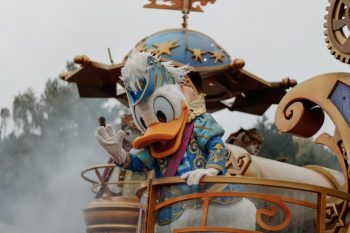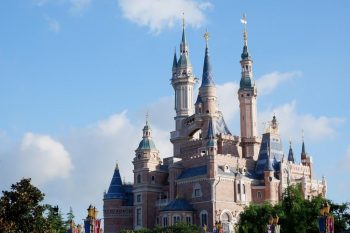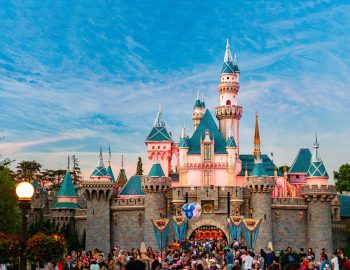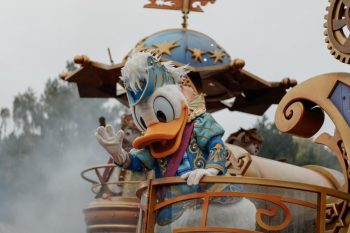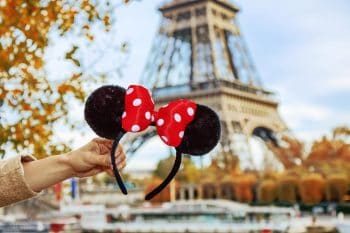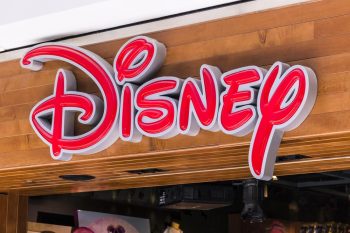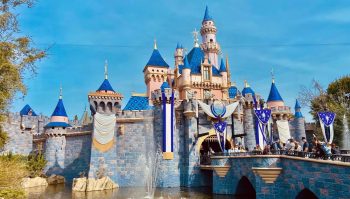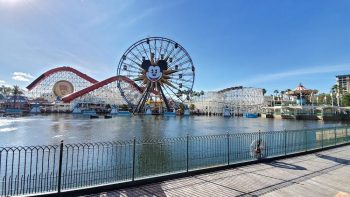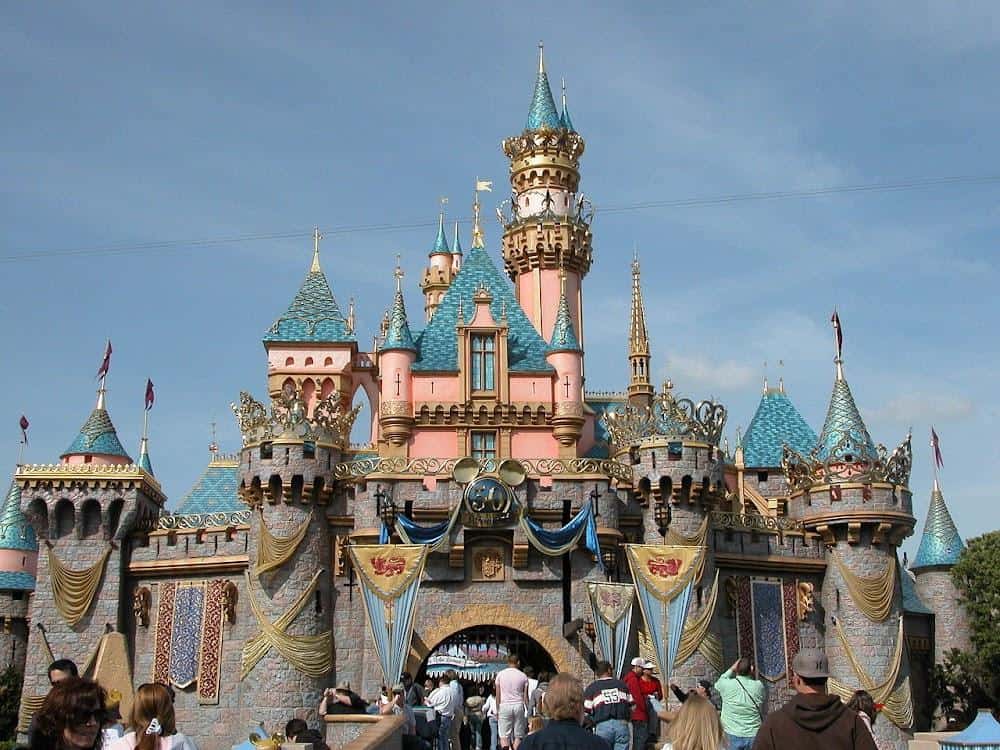
In 1955, the world of entertainment took a significant turn with the opening of Disneyland, the first-ever theme park. This marked a paradigm shift in family entertainment, setting a new standard for amusement parks and influencing popular culture. But why was Disneyland so important in 1955? Let’s delve into the details.
Disneyland was important in 1955 because it marked a revolutionary shift in family entertainment, introducing the first-ever theme park. It redefined amusement parks with a safe, clean, and immersive environment, unlike the traditional run-down parks. Disneyland’s innovative design and operation set a new industry standard. Additionally, it had a significant socio-economic impact, creating jobs and boosting economic activity in southern California, particularly in Anaheim. Disneyland also influenced American popular culture and the development of other theme parks.
Disneyland: A Revolutionary Concept in 1955
Disneyland was the brainchild of Walt Disney, who envisioned a clean, safe, and friendly place where parents and children could have fun together. This was a stark contrast to the traditional amusement parks of the time, which were often seen as run-down and unsafe.
Disneyland was designed with a single entrance, allowing visitors to experience a cohesive “story” — like walking through scenes of a movie. It was divided into four unique themed lands: Frontierland, Tomorrowland, Adventureland, and Fantasyland, each offering different experiences and attractions, creating a diverse and immersive environment for visitors. This innovative approach to design and operation was a significant departure from traditional amusement parks and set a new standard for the industry.
Economic Impact and Influence on Popular Culture
The opening of Disneyland in 1955 had a significant socio-economic impact, becoming a driving force for jobs and economic activity. According to a study commissioned by the Disneyland Resort, the park generated $3.6 billion in annual economic impact and supported approximately 65,700 jobs throughout southern California.
Disneyland also had a significant cultural impact. It became a symbol of post-war American culture, reflecting values such as individual achievement, consumer prosperity, family togetherness, and celebratory nationalism. Disneyland’s representations of individualism, post-war family life, and consumerism resonated with the American public and contributed to the park’s popularity.
Furthermore, Disneyland played a crucial role in shaping American popular culture and entertainment. The park’s innovative design and attractions influenced the development of other theme parks and entertainment venues across the country. Disneyland also showcased American capitalism, with corporate sponsorships from companies like Coca Cola, Bank of America, and Eastman Kodak, making the park a consumer’s paradise.
The Impact on the City of Anaheim and the Entertainment Industry
The city of Anaheim, where Disneyland is located, also saw significant economic growth due to the park’s success. Between 1955 and 1964, Disneyland contributed approximately $560 million to the city’s economy. The park’s success attracted other businesses and investments to the area, leading to the development of hotels, motels, restaurants, and other facilities that catered to the growing number of tourists visiting Disneyland.
Disneyland’s success also demonstrated the viability and profitability of the theme park model, encouraging other businesses to enter the industry and leading to the proliferation of theme parks worldwide.
Conclusion
In conclusion, Disneyland’s opening in 1955 revolutionized the idea of family entertainment, influenced American popular culture, and had a significant socio-economic impact. It set a new standard for family entertainment and has had a lasting impact on the leisure industry worldwide. Disneyland’s importance in 1955 lies not only in its revolutionary concept but also in its lasting influence on the entertainment industry, popular culture, and socio-economic development.
Frequently Asked Questions
What was Walt Disney’s inspiration for Disneyland?
Walt Disney was inspired to create Disneyland after visiting various amusement parks with his daughters in the 1930s and 1940s. He dreamed of a place where adults and children could have fun together.
How much did it cost to build Disneyland in 1955?
The construction of Disneyland cost an estimated $17 million in 1955, which is equivalent to around $160 million today when adjusted for inflation.
How many people visited Disneyland on its opening day?
On its opening day, July 17, 1955, Disneyland welcomed over 28,000 guests.
Were there any issues on Disneyland’s opening day?
Yes, Disneyland’s opening day, often referred to as “Black Sunday,” was marked by several issues including a heat wave, plumbing problems, and overcrowding due to counterfeit tickets.
What was the first-ever ride in Disneyland?
The first-ever ride in Disneyland was the Disneyland Railroad, a train ride that circles the park and offers scenic views of various attractions.
Has Disneyland expanded since its opening in 1955?
Yes, Disneyland has expanded significantly since its opening. Today, the Disneyland Resort includes two theme parks: Disneyland Park and Disney California Adventure, three hotels, and a shopping, dining, and entertainment complex known as Downtown Disney.
How has Disneyland influenced the design of other theme parks?
Disneyland’s innovative design, including its use of themed lands and immersive storytelling, has influenced the design of other theme parks. Many parks around the world now use similar elements to create a cohesive and immersive experience for visitors.

